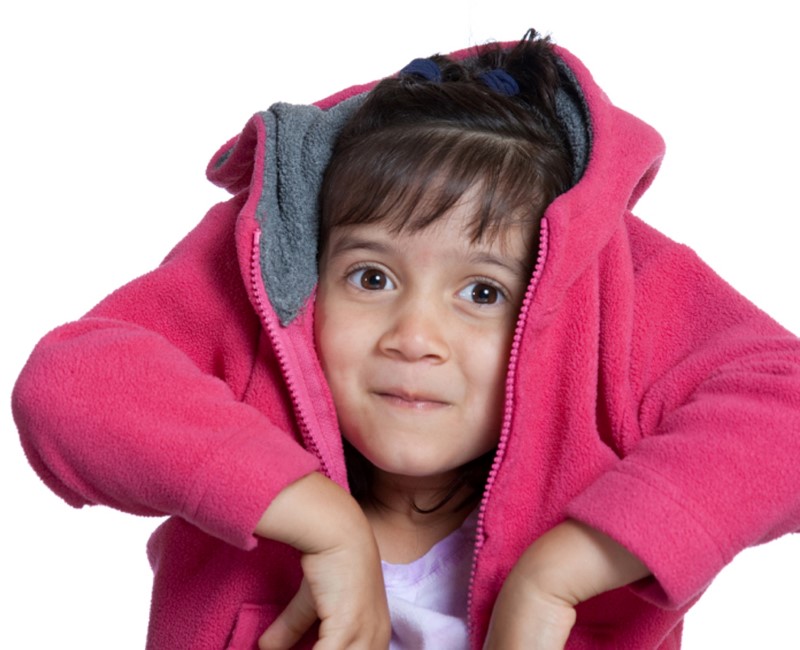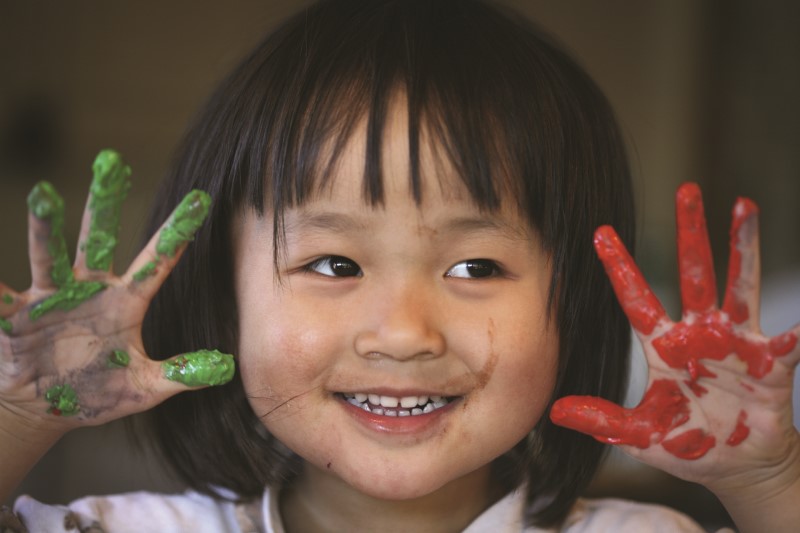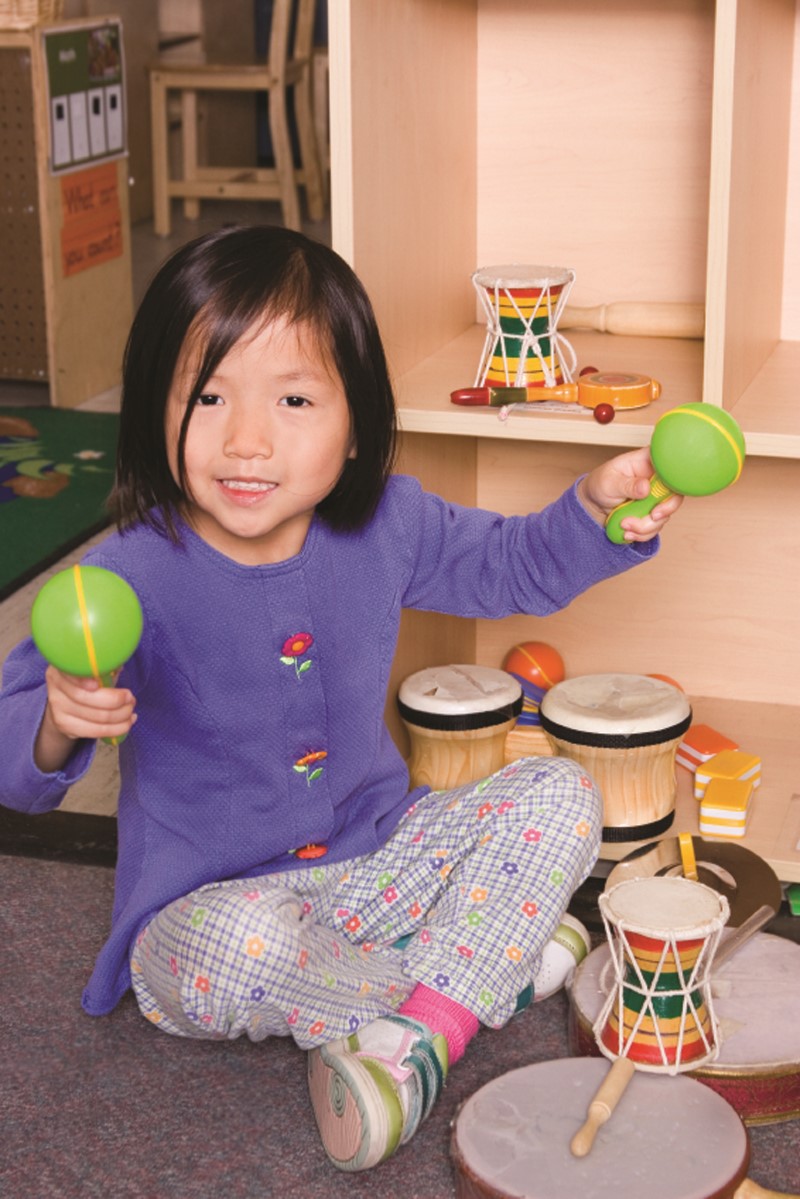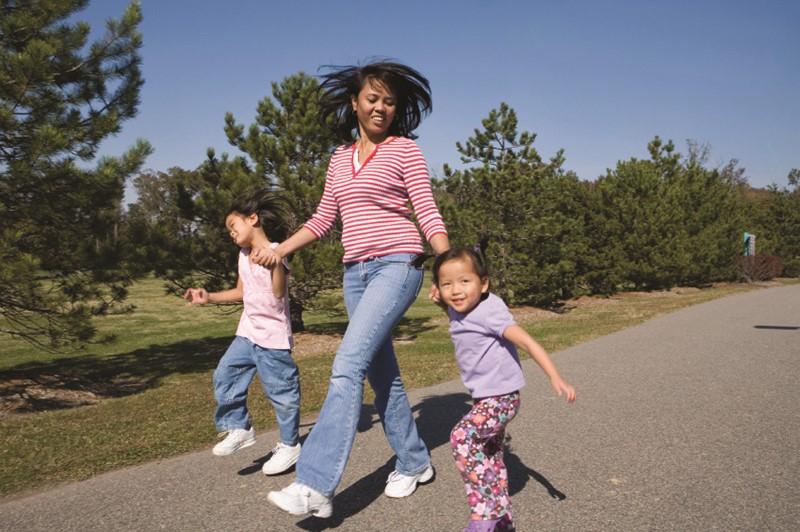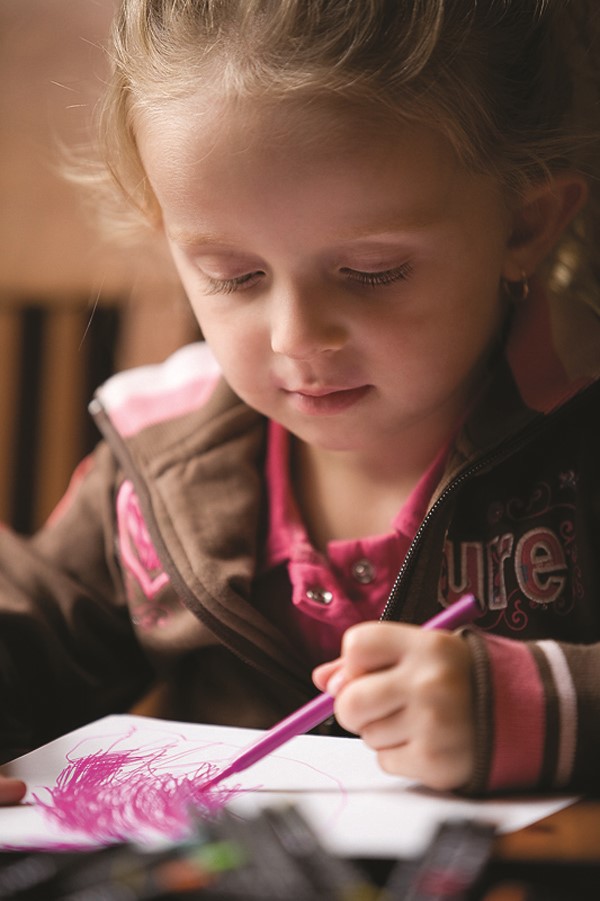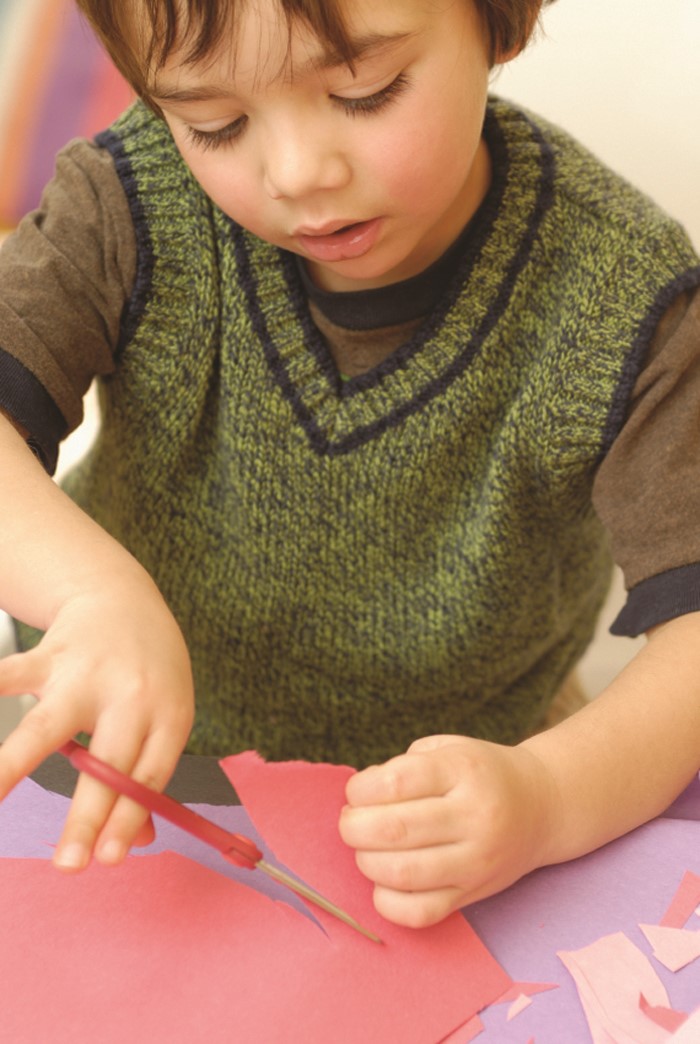Special “I love you” rituals repeated each day help you feel connected to your partner. Taking a few minutes to create a feeling of togetherness can pay big dividends. You not only get the warm feelings, but also often get more energy and cooperation to take on some of the other items on your “to do” list.
As you create your own rituals, keep in mind they need to be meaningful and repeated. Here are some ideas to start with:
- A special way of saying goodbye like a kiss and “I love you.”
- A few minutes for couple talk before dinner each day.
- Snuggle together at bedtime for a few minutes.
- Do dishes together after a meal.
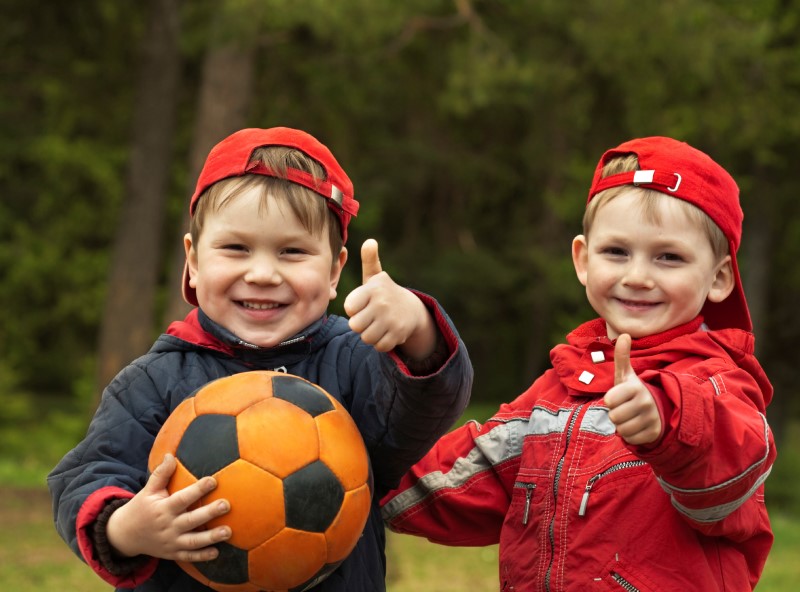
Just because a sports organization allows four year olds to play, it does not mean that a four year old is ready to play sports. Your child’s age is not necessarily the magic number. Ask yourself:
- Is my child physically ready to play the sport? Does my child have the physical strength to complete a whole game? Does he have the skills needed to play the game (for example, catch a ball)?
- Is my child emotionally ready to play the sport? Can he handle losing a game or making a “bad” play?
Teach your child that learning new skills, having fun, and spending time with friends is what is important in playing sports. Let him understand that you are proud of him for being physically active, learning to be a team player, and showing “heart” or empathy for people he plays with.
To help your child enjoy physical activity or sports:
- Create an environment that promotes fun above all else.
- Plan activities that allow children to problem-solve.
- Encourage all effort.
- Play games that let everyone “win” —like no-score games.
- Plan activities that promote teamwork (for example, how can we build the longest line with our bodies?).
Soccer is often the first sport played by older four year olds. Talk with your child about whether she wants to play a sport. Make sure to give her a choice.
Whether competition has a positive or negative effect on young children depends on how adults handle it.
- For example, do not yell at your child or show frustration when he misses the ball or falls as he runs the bases.
- Encourage him to learn from his mistakes and help him see the positive plays he has made.
- Try to let your child know that he is successful whether or not his team was the “winner.”

It can be so fun and exciting to have a friend to share toys and laughter with. The downside is that there can be a lot of arguing and hurt feelings, tears and jealousy. Parents of preschoolers might ask, “Why bother?”
When children play with other children their own age, they learn about fairness, sharing, taking turns, following the rules, compromising and cooperating. They learn other children also want the biggest piece and the first turn. They learn other children feel badly when they have to wait or when someone pinches them. Children who only play with adults or older children don’t get the chance to work out problems with their same-aged peers.
Children whose peers reject them or who have no friends are at risk for problems later on —like:
- dropping out of school
- getting lower grades
- having a harder time adjusting to school
- having a negative outlook about school
Be prepared to hear children barter for friends: “If you do this for me, I’ll be your friend.” Some children seem unkind when they say, “I don’t want to be your friend.” Translated this means, “I want to play alone right now.” While another 4-year-old might not take this comment personally, parents find it rude and unacceptable. If this type of statement makes you uncomfortable, help your child restate what he has said without making an issue of it. Suggest he say, “I would like to play alone right now.”
How can you help your child develop friends?
Friends are important to a growing child. Parents provide nutritious foods, plenty of rest and exercise to help their children develop physically. Practice at being a friend is just as important for social and emotional growth.
Set up the play area to make it as easy as possible for children to play together.
- Children can range from calm to very active. Be ready for differences and provide things to play with that give everyone a feeling of success.
- Sand, water, big balls, a lot of open space, dress-up clothes, play dough, crayons and paper are usually favorites at this age.
- Pretend horses made from paper boxes encourage running, shouting, and letting steam off outside. A puzzle is quieter and requires cooperation.
- Large, open spaces invite fast movement —while small, full spaces help children move more slowly.
Expect some difficulties.
- It’s very hard for children to share until they are somewhere between 4 to 6 years old. Some do not share until much later if they have not had practice at it.
- Parents can expect some arguments —perhaps threats, bribes and other unpleasant ways of dealing with people.
- Try not to get involved unless your child asks you to —or if someone is going to get hurt. Adults who get involved in preschoolers’ problems frequently make things worse.
- Help children talk about what they want and need. Teach ways to wait, and teach children how to listen to what the other child is saying.
Observe and watch while your child learns to play with other children.
- It takes time for children to get used to the idea of letting other children play with their toys.
- If children are having difficulty playing together, separate them and try again another day.
It is only natural that strong emotions are sometimes expressed in our relationships with our children. We love them deeply, worry about them, and want what’s best for them.
Even though parents get angry, they must control their behavior. Easier said than done? Yes! Here are some things to remember the next time your child “pushes your buttons.”
- Nothing can be taught when both of you are upset and angry. To teach a lesson, you and your child must be calm and alert. When anger takes over, logic goes by the wayside.
- Anger can be a secondary emotion. The underlying cause may be fear, pain, or guilt. Try to get to the cause.
- Anger can cause huge gaps in the best of relationships.
- Use the traffic stoplight approach:
• Stop… think before you act.
• Proceed with caution… consider what you want your child to learn from the situation.
• Go… follow through with a respectful, helpful solution.
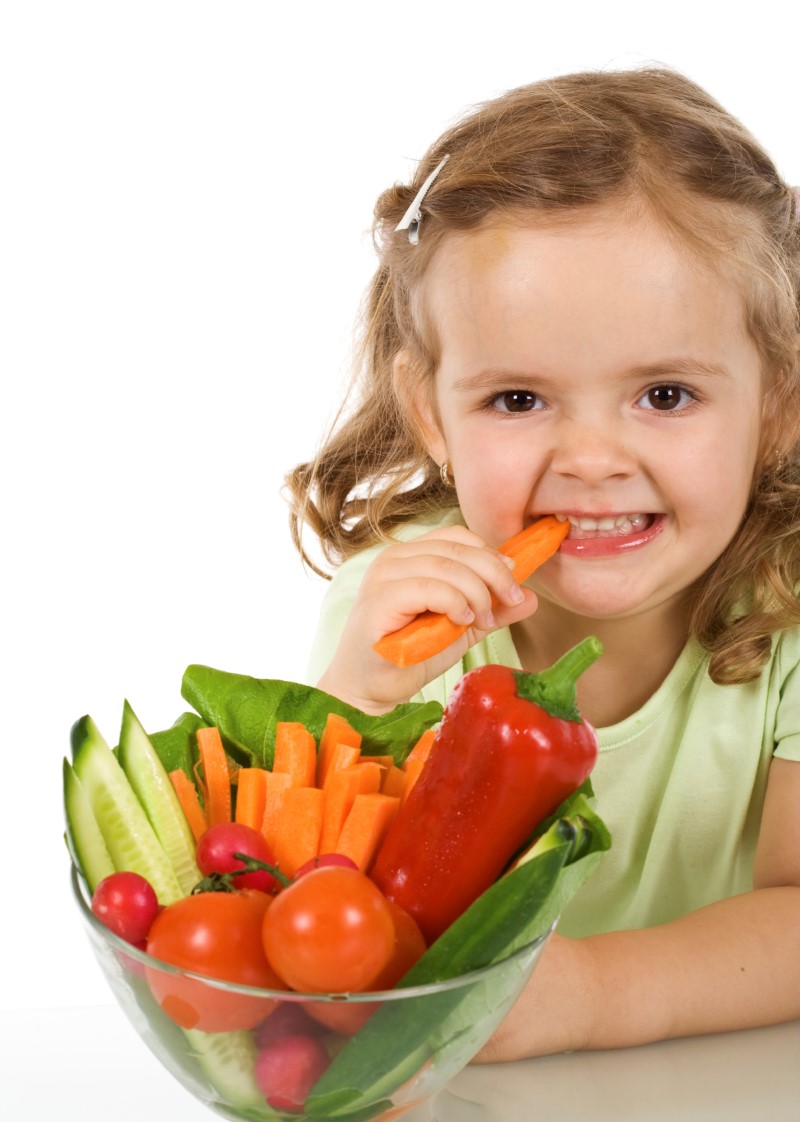
Snacks should be a regular part of a child’s diet.
- Since preschoolers’ stomachs are still small, they eat small meals. They need snacks between meals because they get hungry.
- Snacks should be nutritious foods, not junk food.
Good snacks include:
- fruit
- cheese
- carrots or celery
- crackers with peanut butter
- yogurt with fruit.
